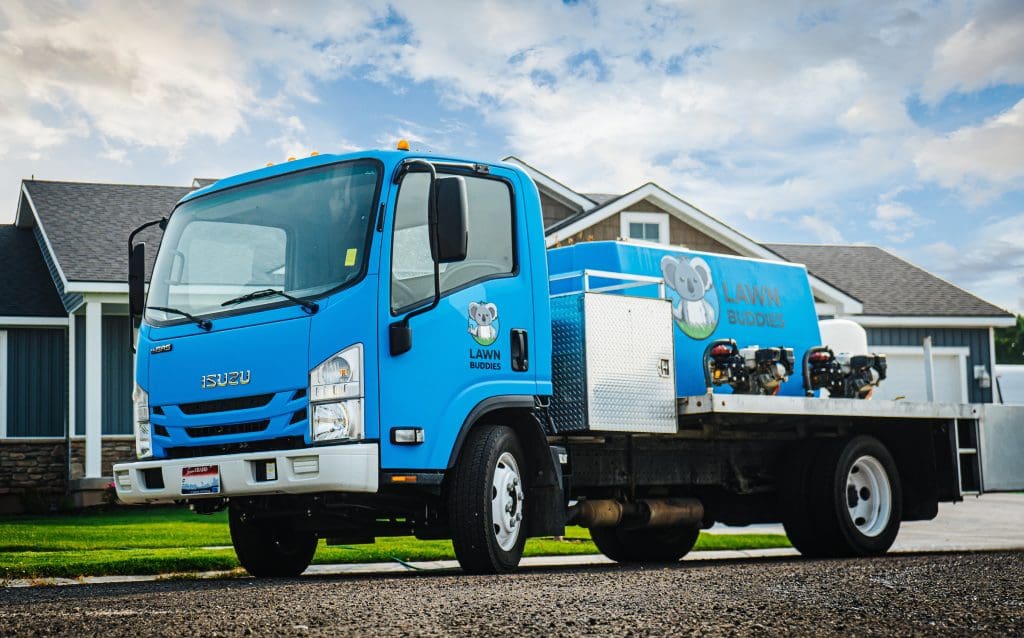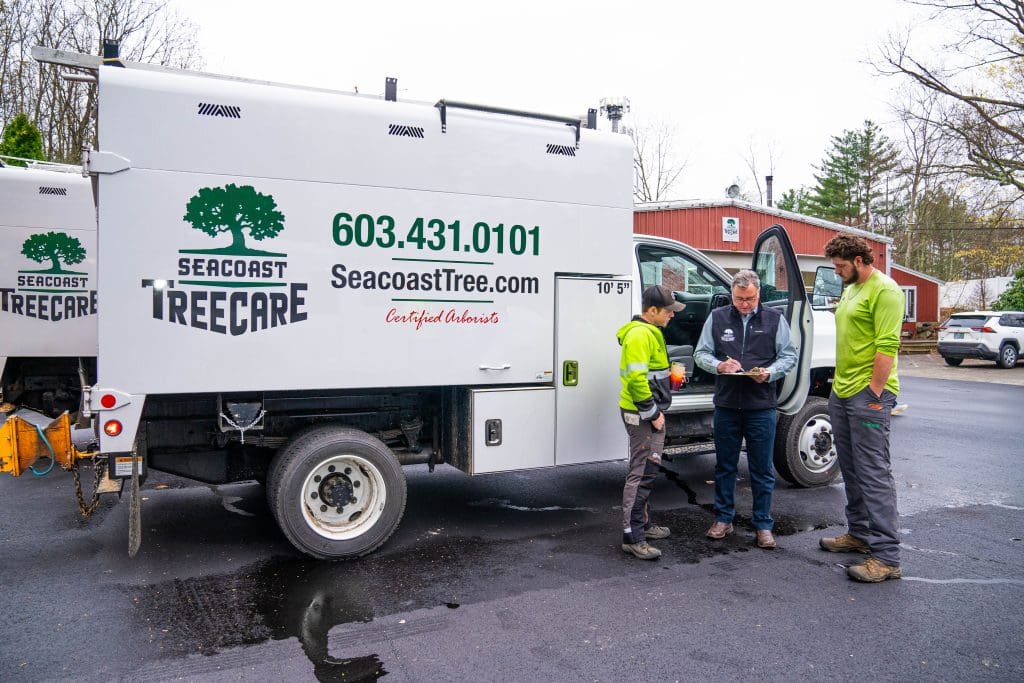
If you like the idea of being a full-service lawn or landscape company, you may be wondering what are the benefits of creating a separate company brand for a specific offering. Going this route depends greatly on your goals and plans for the future.
Some of the reasons a landscape company creates a secondary business include acquiring a separate organization with good existing brand equity or if they’re wanting to reach a new market of customers.
Benefits of a Secondary Business
One of the main benefits of operating a secondary business is improved focus and brand identity.
“Internally, we are able to run the business at a much deeper level with a separately branded lawn care team,” says Russ Sneed, CEO of Michael Hatcher & Associates, based in Olive Branch, Mississippi. “The clarity creates more productivity from the support team and helps provide direction of where we are going.”
Michael Hatcher and Associates bought Master Lawn five years ago and have separated it as a residential lawn care company.

Chase Coates, owner of Outback Landscape, based in Idaho Falls, Idaho, says having their separate lawn care brand, Lawn Buddies, has made it easier for them to sell and market to individuals looking for those services. He says it also having the two brands helps prevent dilution. Lawn Buddies also has a branch in Boise, Idaho, now.
“The reason we also left it separate was so that we could take it into other markets and I didn’t want to take design/build into other markets first,” Coates says. “I would say you reach a wider pool of people for cross-selling and for upselling between the two brands as well.”
Todd Thomasson, founder of Rock Water Farm Landscapes & Hardscapes, based in Aldie, Virginia, and Turf’s Up Lawn Care, based in Haymarket, Virginia, says his two company brands have completely different ways they communicate to their customer bases as Rock Water is high-end design/build operation, while Turf’s Up does more high volume lawn care.
Thomasson says that since Turf’s Up is separate, it has the potential to spread into future geographical regions where Rock Water will not go.

“It just depends as we grow what opportunities in front of us,” Thomasson says. “Do we franchise? Do we just have a handful of locations? We’re going to make sure that we have all our ducks in a row before we do that, but I’ve got people wanting to invest in it to push it. I don’t know that I want to go that route, but we’ll see.”
Dan Mello, owner of Seacoast Tree Care based in Stratham, New Hampshire, and Seacoast Turf Care, based in North Hampton, New Hampshire, says separating his two businesses allows them to be valued separately. Also, because his tree care company has more risk, it provides asset protection. The two businesses have completely separate payrolls, cultures and staff.
“The separation is really important to understand your financials,” Mello says. “You can do it and have them together, and we did do it. But it does get a lot harder. In QuickBooks, you end up clashing your expenses.”
Drawbacks of a Secondary Business
The main drawbacks to having a secondary business are the cost to create it and finding the staff for your other company, as often there isn’t employee crossover.
Thomasson says it’s more expensive than you think to get started as one marketing budget becomes two with two websites, two sets of vehicle wraps and more. He estimates it will take a few years to gain traction as well.
“You obviously have some advantages,” Thomasson says. “You have some know-how and maybe an existing customer base to help catapult it, but you’re starting over.”

Mello says when you have two separate companies, you have to look at two separate groups of key people. He adds that you must commit to growing and having a consistent volume of work for these employees.
In some cases, you can end up with an ‘us versus them’ mentality between employees of the two companies if you’re not careful. This is something Coates says he’s run into with his companies.
“It’s very hard to get everyone to work together even though they’re servicing half of the same clients anyway,” Coates says. “They’re like, ‘Oh Lawn Buddies does that.’ Culture-wise, it is kind of difficult. You have to work at it a little bit. That’s one of the hard parts with it.”
Sneed agrees that continuing the ‘one company’ mission, vision and values can be harder with two brands.
“There is potential for miscommunication and misunderstanding by team members and customers,” Sneed says. “The drawback is lack of initial clarity and a need for explanation.”
Building brand awareness from scratch is another challenge.
“The challenge we had at first was it’s a new name,” Thomasson says. “Nobody knows who it is. They’re very familiar with Rock Water, so it’s a learning curve. To have a new name gain traction, just like if Coca-Cola changed their name to something else, it’s going to take time for people to understand who this new brand is.”
Advice For Others
Mello encourages doing your research and reaching out to peers or a consultant before going down this path.
“You can make some really expensive mistakes, and we made a few and they hurt, so I would recommend that if you’re going to do it, hire a consultant that can teach you some things,” Mello says. “And then as soon as you can find somebody to put in charge of it.”

Sneed says you should start with the end in mind with your ideal number of customers, locations and what support structure is necessary. Coates says you also need to think through how you’re going to track everything on the backend and invoice customers.
“It’s smart when it’s small to have it as part of a separate division, but once it gets to a certain size, which for us was $1 million, we tried to separate it out,” Mello says.
Thomasson adds unless you plan to grow your division to where you’ll have a few thousand clients, there’s no point splitting it off.
“Unless you think that someday in the future, it is a possibility that you would sell that thing separately from your main business, maybe think twice before you spin it off and go through all the work,” Coates says. “You could still build that thing a lot bigger than you think you can before you go down that route. Unless you wanted more of a singular model where you’re going to take it to other markets, if you’re operating in the same market, I would think twice about it because it is a lot of work.”

